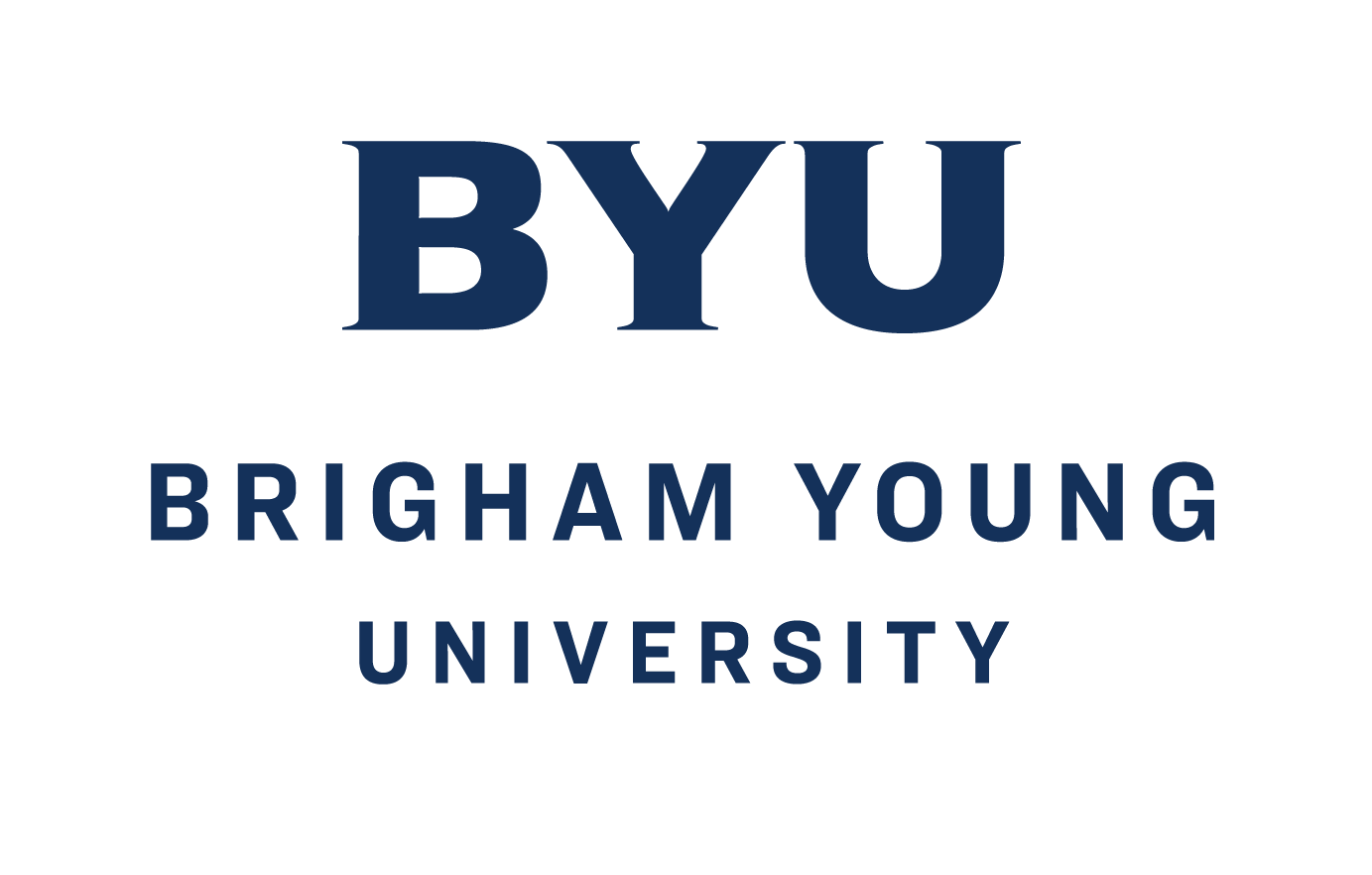
At Brigham Young University, students can take a class that not only covers "Twilight," one of the best-selling young adult novels of the 21st century, but also examines the broader contributions of Latter-day Saint women as cultural producers throughout history.
The course, LDS Women Cultural Producers, with the code GWS 337R, explores literature written by Latter-day Saint women from the 1900s to today, including novels, short stories, autobiographies, creative nonfiction and essays. It also examines complex topics within The Church of Jesus Christ of Latter-day Saints, such as polygamy, race and the priesthood, and Heavenly Mother, through the lens of these literary works.
A window into Latter-day Saint women’s voices
Sheree Bench, a global women’s studies professor, academic researcher and writer, teaches the course. She said she is passionate about highlighting the often-overlooked contributions of Latter-day Saint women's literature.
“I think it’s really important to recognize the value of [Latter-day Saint] women’s writing as a window into history,” Bench said. “It helps us see what’s on these women's minds, what kinds of things they’re thinking about and what they’re advocating for.”
Bench has taught the course since it launched in 2022. The idea originated with Valerie Hegstrom, the Global Women’s Studies coordinator, who noticed that few capstone projects focused on LDS women’s writing. She approached Bench about creating a dedicated class to fill the gap.
For Bench, one book was essential to include.
“You can’t have a class about cultural producers without talking about the book that was a cultural phenomenon,” she said.
That book, of course, is "Twilight".
More than just a vampire romance
Stephenie Meyer, a member of The Church of Jesus Christ of Latter-day Saints, wrote the "Twilight" series. The series has sold more than 160 million copies worldwide.
While often dismissed as just a blockbuster vampire romance, its influence on literature, media and discussions of Mormon culture makes it a significant text for the course.
"In reading 'Twilight', I find that there are a lot of interesting questions to ask," Bench said. "Like 'What was it that drew people into this world Meyer created? Was there anything about it that had undercurrents of [Latter-day Saint] culture or belief?'"
For some students, "Twilight" was what initially drew them to the class. Delaney Shaw, a global women’s studies minor, said she enrolled partly because of Meyer’s novel but found an interest in a completely different topic—Heavenly Mother.

“I had never had a class where Heavenly Mother had been talked about in any way,” Shaw said. “It feels like in the Church we’re not supposed to talk about her. I remember one [GWS 337R] class where during our discussion it was pretty emotional for everyone, and it was a safe space to do that.”
In the Church's official statement from their gospel topics essays, it mentions that "As with many other truths of the gospel, our present knowledge about a Mother in Heaven is limited."
And although members do not pray to their Heavenly Mother, the fact that She is an essential part of God's plan is a distinctive belief of the Church.
The class fosters discussions that allow students to engage with ideas through an academic lens to see how women of the early Church and beyond have grappled with aspects of godhood and divinity.
Professor Bench said that part of this analysis includes seeing how women in the Church look to their Heavenly Father and Mother as an example of how to foster a divine partnership on earth.
“There are many women who are thinking about this divine model of partnership between men and women and what that can look like in relationships now,” she said.
Connecting with the women who came before
Ella Johnson, a junior majoring in psychology, described the course as one of her favorites at BYU and she encourages students of all backgrounds to take it.

“I really enjoy learning about [Latter-day Saint] women’s history because that is my heritage,” Johnson said. “Wherever my life path goes, those are the women who came before me. I enjoy learning about them and why they made the decisions they did. I feel like that helps connect me to myself as well.”
For her final project, Johnson researched poet May Swenson, a queer woman from Logan, Utah—the same place where both of Johnson’s parents were raised. Reading Swenson's poetry, which often includes depictions of Logan, made the project deeply personal.
Johnson, who also identifies as a queer member of the Church of Jesus Christ, said learning about Swenson helped her feel connected to women of the Church that came before her.
“Having a professor that's so passionate about increasing access and knowledge about these texts was really moving,” she said.
Professor Bench said she continues to learn from her students through their insights and perspectives.
“I have been really excited to see how the texts will connect with the students, even if they were written in the 19th century,” she said. “There are still themes that resonate with modern times and women’s experiences.”
The course, listed as GWS 337R, has no required prerequisites, though students are encouraged to take GWS 222 (Introduction to Global Women's Studies) to gain background knowledge on the historical contexts of feminism that shape the texts studied in class.
Currently, GWS 337R is only offered during Winter semesters.
